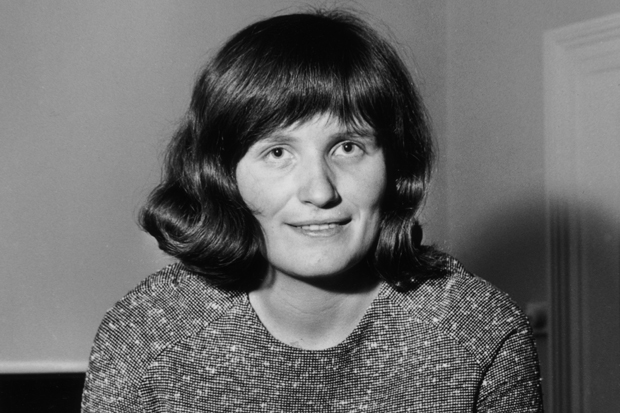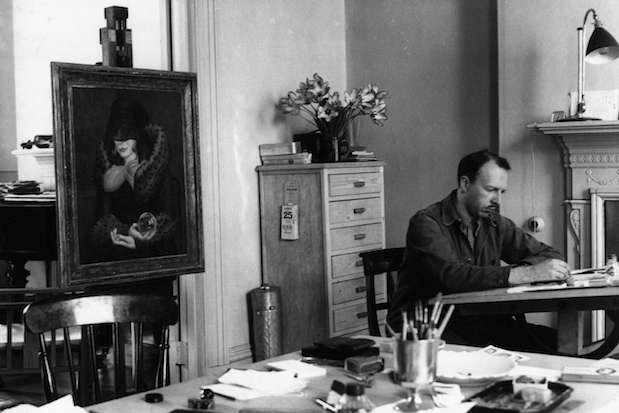Depending on your approach, home is where your heart is, where you hang your hat, or possibly where you hang yourself. Our homes reflect our characters, social milieux and finances, but we also reflect them. Leonard Woolf wrote that a house ‘has an immense influence on its inhabitants’, and contended that Monk’s House (where he lived with Virginia Woolf from 1919–1941) was ‘the most powerful moulder’ of how they had lived their lives.
Taking a lead from this notion, Margaret Forster has produced a memoir focussing on the homes she has lived in throughout her 76 years. This is no history of the buildings or who came before, like Julie Myerson’s Home. Reading it is a gentle experience — like sitting down for tea with a highly intelligent woman and chatting, not so much about ‘a room of one’s own’ as ‘a home of one’s own’. Forster is innately modest; the 25 novels, nine biographies and memoirs, the films and awards are skated over in pursuit of what her homes have meant to her. Even the people who share these houses are sometimes incidental — husband, parents and children glide in and out of the story when they are relevant. It is the places and how they inhabit us that provide the focus.
If we are moulded by our homes, then those from our childhood surely leave the most powerful imprint. Forster’s descriptions of her early years in Carlisle are among the strongest in the book. ‘I was born on 25 May 1938, in the front bedroom of a house in Orton Road, a house on the outer edge of Raffles, a council estate. I was a lucky girl.’
Lucky or not, Forster didn’t think so at the time. The daughter of a factory fitter and a housewife who had to black the range and cope with labour-intensive chores, she was ‘obsessed with the general unfairness of house ownership’ and longed for more gracious surroundings. She didn’t invite her grammar school friends home and when her art homework required her to draw ‘The view from my bedroom window’, the child ignored the grey, black and brown of the coal bunker and the outdoor lavatory and concocted a brightly coloured oval lawn, apple blossom, a swing and a cat.
Gracious surroundings become a reality when the author is awarded a scholarship to Oxford and meets Hunter Davies. The couple marry and rent a lovely flat near Hampstead Heath, followed a few years later by a move to Boscastle Road in Highgate. The place is sullen, smelly and ‘unlovely’, despite efforts to clean and modernise, and it is only after the birth of their first child Caitlin that it starts to feel like home. In the mid-1960s, Forster and Davies suddenly find success: her novel Georgy Girl is turned into a film, and he writes a biography of the Beatles. There are directors’ meetings, visits from Paul, George and Ringo and at last, money.
Occasionally, the book deteriorates into tales of awful builders and noisy neighbours, and the sections on holiday houses in the Algarve and Cumbria feel less essential to what Forster is trying to do. These details are fine over a cup of tea but less welcome on the printed page.
However, the crux of the matter comes out in the fascinating and touching details about the author’s encounters with cancer. Having coped with two mastectomies and chemotherapy during the 1970s, she is now unwell with metastatic cancer and faces its advances with honesty and a lack of sentimentality. Rejecting the unhelpful battle metaphors associated with the disease, she prefers to compare the body to a house that can deteriorate, or have ‘a touch of woodworm, or dry rot’. Home (still Boscastle Road) has become a huge comfort and while she discusses the prospect of moving to a hospice for the end, she is comforted and happy to continue her lifelong routines of writing in the mornings, walking (albeit with a stick) in the afternoons and reading in the evenings. ‘My house is like a garment, made to my exact measurements, draped around me in the way I like. I never want it to change.’
Got something to add? Join the discussion and comment below.
Get 10 issues for just $10
Subscribe to The Spectator Australia today for the next 10 magazine issues, plus full online access, for just $10.
Available from the Spectator Bookshop, £12.99 Tel: 08430 600033
You might disagree with half of it, but you’ll enjoy reading all of it. Try your first month for free, then just $2 a week for the remainder of your first year.














Comments
Don't miss out
Join the conversation with other Spectator Australia readers. Subscribe to leave a comment.
SUBSCRIBEAlready a subscriber? Log in